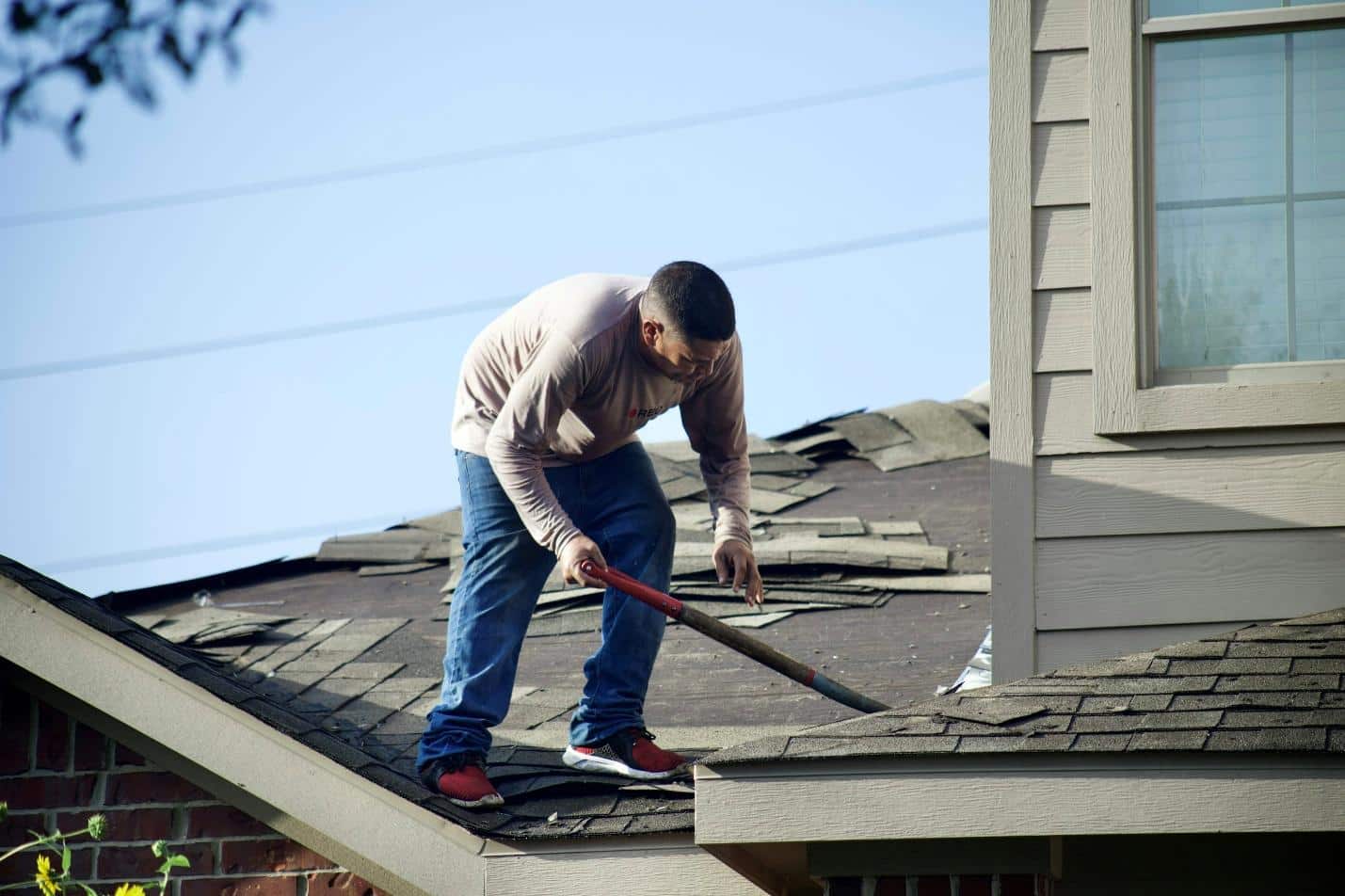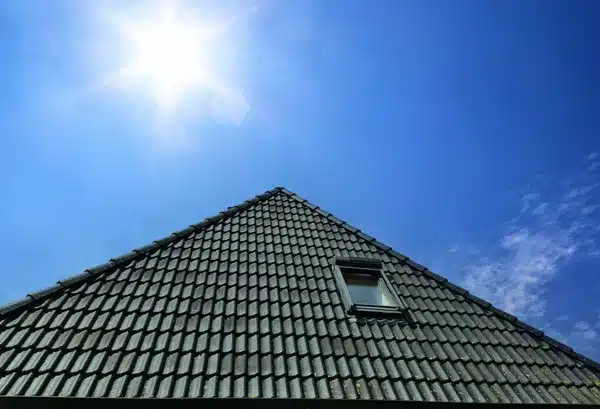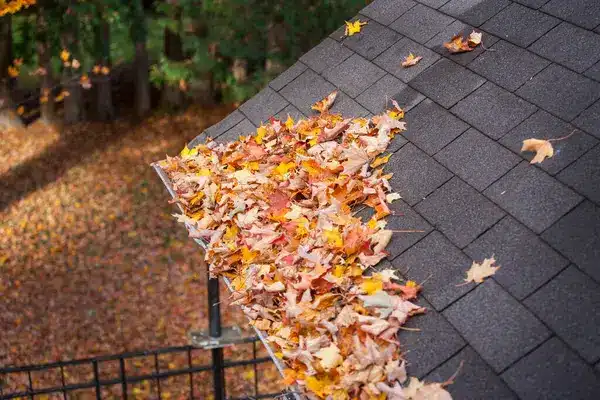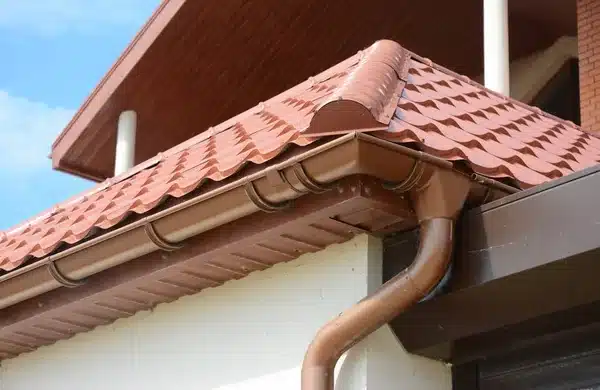
Roof maintenance may not be the most exciting part of homeownership, but it’s one of the most important. In cities like Pittsburgh, where winters bite hard and summers bring unexpected storms, a reliable, well-maintained roof can be the difference between peace of mind and major repair bills. Each season brings new weather patterns, and with those come new challenges for your roof. That’s why breaking roof maintenance into seasonal tasks makes the entire process more manageable and more effective.
1. Winter Watch: Spotting Damage During Cold Months
Snow and ice might look pretty from inside, but they pose serious risks for your roof. Ice dams can block drainage and force water back under shingles, leading to rot and interior damage. When temperatures dip, your attic insulation and ventilation play crucial roles. They help regulate heat loss and minimize condensation, which can cause mold. Check your attic regularly for frost or moisture and clear snow buildup after heavy storms. Also, look for icicles; they’re often signs of poor roof ventilation. Make sure to trim overhanging branches that could snap under snow weight and fall onto the roof.

2. Spring Clean-Up: Repairing Winter’s Wrath
Once the snow melts, it’s time to inspect your roof for any signs of winter wear. Cracked or missing shingles, damaged flashing, and clogged gutters are common after months of freeze-thaw cycles. Early spring is also the perfect time to clean out gutters and downspouts to prevent water from backing up onto your roof. Check for signs of animal activity too—squirrels and raccoons often seek shelter in attics during colder months and may cause damage.
If you’re in Pittsburgh, hiring a trusted Pittsburgh roofer at this stage can give you a professional eye on hard-to-spot issues. A roofer familiar with local weather patterns will know exactly what to look for after a typical Pittsburgh winter. They can identify problem areas early and recommend the right solutions without overcharging or over-repairing. Local pros can also spot ventilation issues specific to the region’s humidity levels and help ensure your attic is ready for the warmer months.
3. Summer Safety: Protecting Against Sun and Storms
Summer can be surprisingly harsh on your roof. High temperatures can warp shingles, while UV rays can break down roofing materials over time. Sudden thunderstorms, wind gusts, and hail can strike quickly, especially in areas prone to summer storms. During this season, check for lifted or curled shingles, which may expose your roof deck to water. Make sure flashing around vents, chimneys, and skylights remains intact. If your roof has a slope, inspect the valleys closely—they often collect debris that traps moisture. You can also check your attic for signs of heat buildup or poor airflow.
4. Fall Prep: Getting Ready for Falling Leaves

Autumn leaves may look nice in your yard, but they don’t belong on your roof. Leaves trap moisture and clog gutters, which leads to standing water and eventual roof rot. Schedule a thorough gutter cleaning early in the season and again before winter begins. Look at your roof’s drainage system to make sure water flows freely away from your home. Also, examine the caulking around flashing and pipe boots to ensure it hasn’t dried out or cracked. This is also a good time to trim nearby trees, reducing the risk of falling branches during winter storms.
5. Inspect Insulation and Ventilation Year-Round
Proper insulation and ventilation affect every season, so they deserve year-round attention. In the winter, they prevent ice dams. In summer, they reduce heat buildup that can warp shingles and drive up energy costs. Look inside your attic a few times a year and check for damp insulation, musty smells, or signs of pests. Good airflow reduces moisture and prevents mold. You don’t always need expensive upgrades—sometimes just adding a vent or replacing old insulation can make a big difference. If you notice temperature extremes between your attic and living spaces, it’s a sign that your roof system may need improvement.
6. Check Flashing and Seals for Weak Points

Flashing plays a critical role in waterproofing your roof, especially around chimneys, skylights, dormers, and vents. Over time, flashing can warp, rust, or pull away from surfaces due to temperature shifts and moisture. Seals around pipe boots and vent covers may also dry out or crack, creating easy entry points for water. At least twice a year—ideally in spring and fall—check all areas with flashing for visible gaps, rust streaks, or bent sections. Run your hand over seals to feel for soft spots or crumbling edges. Tight seals keep water out and protect the most vulnerable parts of your roof structure.
7. Keep Gutters and Downspouts Debris-Free
Your gutters serve as the roof’s drainage system. If they clog, water pools on the roofline, seeps under shingles, and eventually finds its way into your attic or walls. Clean your gutters at least twice a year—or more often if trees surround your home. Make sure downspouts direct water at least four feet away from your foundation. Inspect gutter brackets to confirm they’re still tightly fastened and not sagging. Gutter guards can reduce the need for frequent cleaning, but they don’t eliminate maintenance altogether. During heavy rain, take a walk outside and check that water flows properly and doesn’t overflow or back up.
8. Schedule Professional Roof Inspections Annually

While self-inspections are useful, a professional roofer brings an experienced eye and tools that spot hidden problems. Scheduling a roof inspection once a year ensures small issues don’t escalate into major repairs. Roofers can identify early signs of rot, mold, pest damage, or structural issues that homeowners typically miss. They also inspect from angles and heights that are difficult and unsafe for non-professionals to access. A detailed inspection report can also help with insurance claims or when preparing to sell your home. Keeping a record of inspections and repairs builds long-term trust and credibility with future buyers and insurance providers.
Your roof takes a beating year-round, but with steady maintenance, it can last for decades. Following a season-by-season checklist helps you catch issues early, avoid costly repairs, and keep your home safe and dry. Focus on small, manageable tasks each season instead of waiting for visible damage. Stay consistent with inspections, clear gutters, patch minor damage quickly, and call in professionals when needed. A solid roof isn’t just about shingles—it’s about protecting your family, your investment, and your peace of mind. Give your roof the attention it deserves, and it’ll return the favor through every storm and season ahead.
- 0shares
- Facebook0
- Pinterest0
- Twitter0



